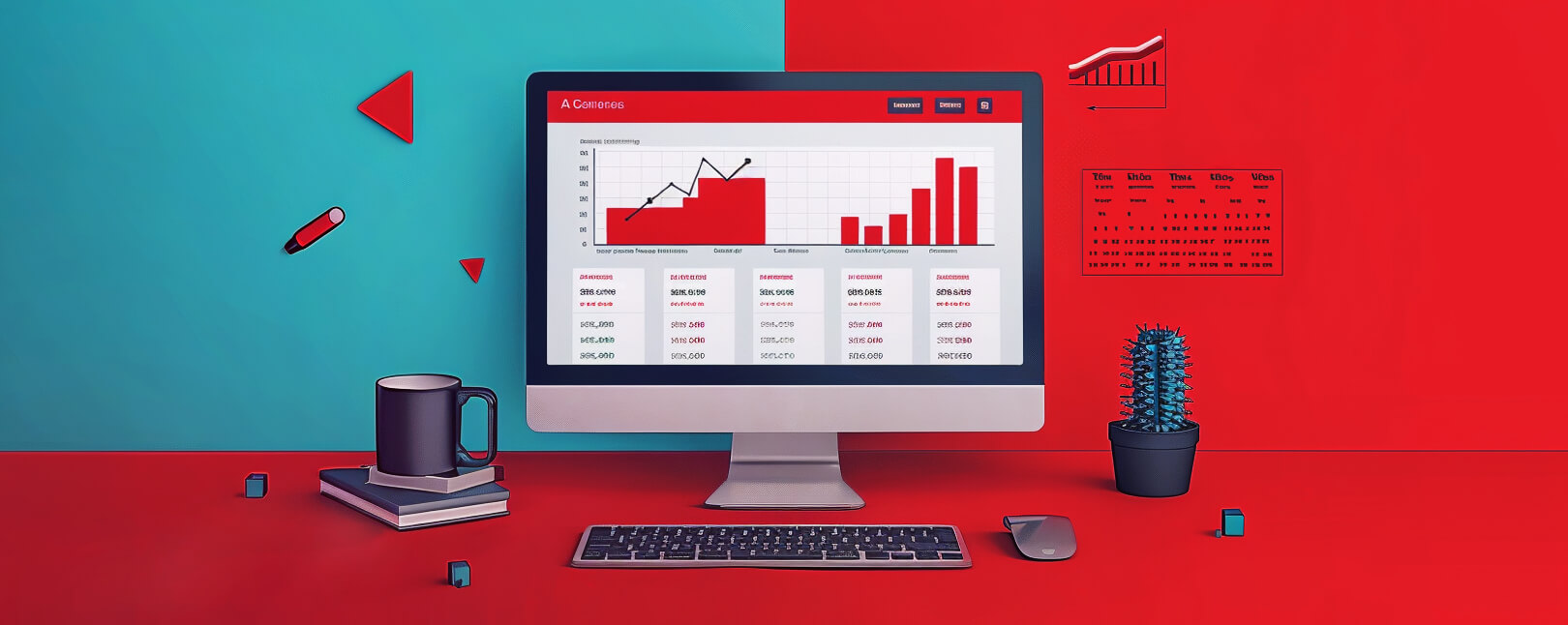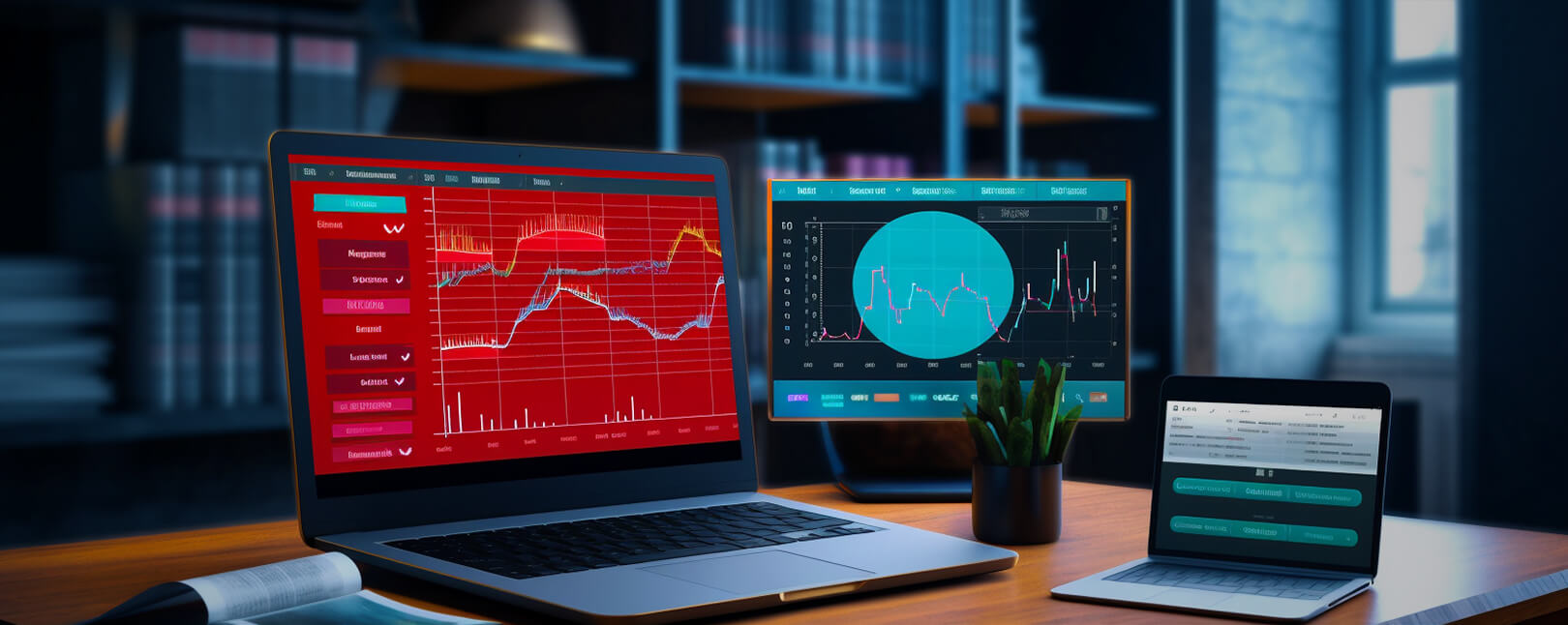Visa Account Updater: Keeping Track of Cardholder Data so You Don’t Have to
Want more sales with no added fraud liability? Of course you do…who doesn’t?!
Reducing customer friction is a consistent, proven method for achieving higher sales. After all, the fewer barriers between customers and products, the more likely they will end up together. That’s why Visa Account Updater (VAU) could be every subscription merchant’s best friend.
In this article, we’ll look at how Visa Account Updater works and how it can help simplify subscriptions to capture more revenue.
Recommended reading
- The Top 12 Subscription Billing Platforms of 2024
- Mastercard Recurring Payments: Free Trials, Billing & More
- Know the Visa Recurring Payments & Subscription Guidelines
- Which Subscription Billing Model is Right for Your Business?
- The 2024 Guide to Subscription Billing Software
- Subscription Billing: What Merchants Should Know for 2024
What is Visa Account Updater?
- Visa Account Updater
Visa Account Updater, or VAU, is a service that exchanges updated account information between participating merchants and Visa card issuers. Merchants using stored information for recurring payments can use VAU to boost retention and prevent chargebacks.
[noun]/vē • zə • ə • kount • əp • dāt • ər/
Visa Account Updater is a service from Visa that streamlines the process of updating cardholder details for recurring payments.
Whenever a Visa cardholder receives a new card due to expiration, loss, or account changes, VAU automatically updates the stored card information with merchants. This eliminates the need for customers to manually provide updated card details, reducing the risk of missed payments and service interruptions.
VAU ensures that merchants always have the most current card information. In that way, the service enhances customer satisfaction, improves retention rates, and minimizes the likelihood of declined transactions and chargebacks.
Why is Visa Account Updater Necessary?
Visa Account Updater is mandated by Visa. But, why?
For subscriptions to work, the merchant needs to have their customers' payment card data to facilitate future orders. The card data stored to conduct recurring payments need to be correct. This can present a problem, as consumer card information changes regularly for many different reasons:
- The card may have been replaced due to loss or theft
- The original card has expired
- The cardholder’s bank account was closed or upgraded
- The customer’s name or address changed
- The issuer merged with another financial institution
- The issuer changed their card network membership
Storing and managing large tracts of information can be an extremely time-consuming and cost-prohibitive process for many merchants. Cardholder information mismatches can anger otherwise-satisfied customers, leading to more declined transactions and service cancellations. Holding outdated card details can also lead to more improper data re-entry, lost or stolen card numbers, and other trouble that can impact the merchant’s reputation and revenue.
Visa Account Updater ensures that merchants always have access to customers’ current bank information for purposes of recurring billing. Using it can save time and prevent hassle while promoting customer satisfaction, retention, and loyalty. Merchants get added security, increased revenue, and streamlined services, while cardholders experience less hassle and may have increased confidence during transactions.
How Does Visa Account Updater Work?
As mentioned above, Visa Account Updater ensures that merchants employing a subscription billing model always have access to the most accurate billing information possible. The process works by pre-verifying merchant data against Visa’s on-file information.
Here’s a basic rundown on the VAU process:
Step #1 | Issuers Send Updates to Visa
Under the VAU mandate, issuing banks are required to send an electronic update to Visa any time a cardholder’s account information is altered. Visa processes the updated cardholder information and distributes it via the ACH network.
Step #2 | Acquirers Receive Updated Information
A few days prior to billing, the merchant's acquiring bank receives current account information for all card-on-file or ongoing payment customers.
Step #3 | Acquirers Check Information Against VAU
The acquirer submits the data to VAU, which compares the information against its database and responds with any mismatches.
Step #4 | Acquirers Receive Lists of Necessary Changes
VAU forwards the latest data to the requesting merchant, who is then required to update their customer billing files within five days.
Real-Time Visa Account Updater
Visa also offers Real-Time Visa Account Updater. This is a separate tool that can be used alongside the standard VAU.
Real-Time Visa Account Updater removes the pre-authorization step (required by the current VAU). It effectively eliminates the time gap between merchants requesting account updates and submitting authorization requests.
Both systems feature unique capabilities, and Visa recommends they be used in tandem. These work as follows:
| VAU Features | Real-Time VAU Features |
| Operates outside VisaNet | Operates outside VisaNet |
| Requires two-step authorization process | Enables one-step for both authorization/account updates |
| Supports batch files for large scale updates | Provides faster speed-to-update account file changes |
| Facilitates portfolio conversions from other payment networks | Provides faster speed-to-update account file changes |
Can Cardholders Opt Out of Visa Account Updater?
Yes, bank customers have the option to opt-out of Visa Account Updater if they choose not to participate in the service.
To opt-out, cardholders generally need to contact their bank or card issuer directly. This can usually be done via the bank's customer service hotline or through secure messaging on the bank's online platform. Customers may need to provide their account information and request specifically that they do not want their account details automatically updated through the Visa Account Updater service.
Once the request is processed, the card information will no longer be automatically updated with merchants. This means cardholders will need to update their account details manually when necessary to continue using a service if their card information changes.
Visa Account Updater & Chargebacks
Visa Account Updater use can have a direct impact on chargeback volume. This is perhaps the best reason for merchants to use the service.
Visa Account Updater can also reduce the risk of seeing chargebacks filed with Visa reason code 12.4 (Incorrect Account Number). If the account information on file is updated automatically, that makes it less likely that the merchant will end up forcing through a transaction which leads to a chargeback.
VAU plays a major role in ensuring overall customer satisfaction. As we’ve mentioned before, unsatisfied customers are much more likely to file chargebacks. Without VAU, subscription services could be interrupted. This could be a nasty surprise for the cardholder, even if it was their responsibility to inform the merchant of any account changes.
The seller could then have to confront the cardholder, and the subsequent frustration and inconvenience may be enough to push them to action. The buyer might cancel their account and file one, or even multiple chargebacks. Avoiding the situation entirely by using Visa Account Updater is a much better strategy.
Other Benefits of Using VAU
As outlined above, chargeback reduction is a great reason to use Visa Account Updater. However, it’s just one of several perks offered by the service. Merchants will also see:
Challenges for Merchants Using Visa Account Updater
While Visa Account Updater offers several significant benefits, merchants should also be aware of some potential challenges. These include:
By understanding these challenges, merchants can better prepare and strategize for the successful implementation and use of Visa Account Updater.
VAU: One Node in Your Network for Better Payment Processing
Overall, Visa Account Updater is an incredibly useful asset for merchants that offer goods or services on a recurring billing model. There’s no reason why a merchant would want to refuse to use it. That said, VAU should be just one of numerous tools in one’s arsenal to ensure that payments go through as intended.
Automatic Billing Updater from Mastercard, for example, is an equivalent tool for the Mastercard network. Other tools to capture more sales and prevent disputes include address verification, geolocation, velocity limits, and fraud scoring, to name just a few.
At the end of the day, merchants should think about VAU as one more tool in an expansive arsenal for chargeback and fraud prevention. They must leverage each component to create a truly effective risk mitigation and chargeback prevention strategy.
FAQs
What is Visa Account Updater service?
Visa Account Updater (VAU) is a service that automatically updates cardholder information for merchants processing recurring payments when card details change, such as when a card expires or is replaced. This helps reduce payment declines and maintain uninterrupted service for customers.
Can I opt out of Visa Account Updater?
Yes. Individual cardholders typically have the option to opt out of Visa Account Updater by contacting their card issuer. Merchants, however, may not have the capability to opt out on behalf of their customers.
How does a card account updater work?
A card account updater works by automatically providing merchants with updated card information when a cardholder's details change, such as when a card is reissued or expires. This process helps ensure that recurring payments continue without interruption, reducing payment declines and enhancing customer satisfaction.
What is the Visa Account Updater mandate?
The Visa Account Updater mandate requires merchants that process recurring payments to participate in Visa’s VAU service. This mandate ensures that merchants automatically receive updated cardholder information, helping to avoid payment disruptions and enhance customer service continuity.














